The Partisan medical service covered civilian medical care, medical care in Partisan units, hospitals and a veterinary service. Owing to the lack of trained medical personnel and problems with the supply of food and sanitary material, cooperation between civilian and military healthcare was essential.
Medical supervisors were appointed at the Liberation Front district committee level to organise and implement civilian medical care. In military units, each battalion had its own medical orderly, while staff units had a medical supervisor. In September 1944 medical orderlies were also assigned to companies.
The following medical institutions operated in Slovene Istria, the Brkini Hills and Ilirska Bistrica: the BK-1 district hospital near Beka, the Zalesje Partisan hospital (under the Istrian Detachment), the mobile clinic and emergency hospital of the Istrian military command, and the Snežnik Slovene Military Partisan Hospital (SVPB-S) at various sites in the forests of Snežnik.
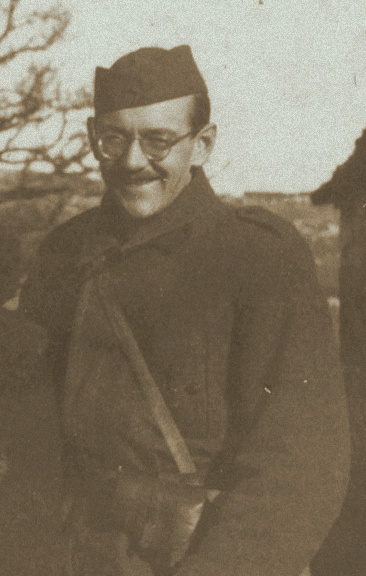 Ivan Matko, alias Imko, medical student, medical supervisor for the Slovene Istria district, organised and ran the BK-1 hospital until Kozak’s arrival.
Ivan Matko, alias Imko, medical student, medical supervisor for the Slovene Istria district, organised and ran the BK-1 hospital until Kozak’s arrival.
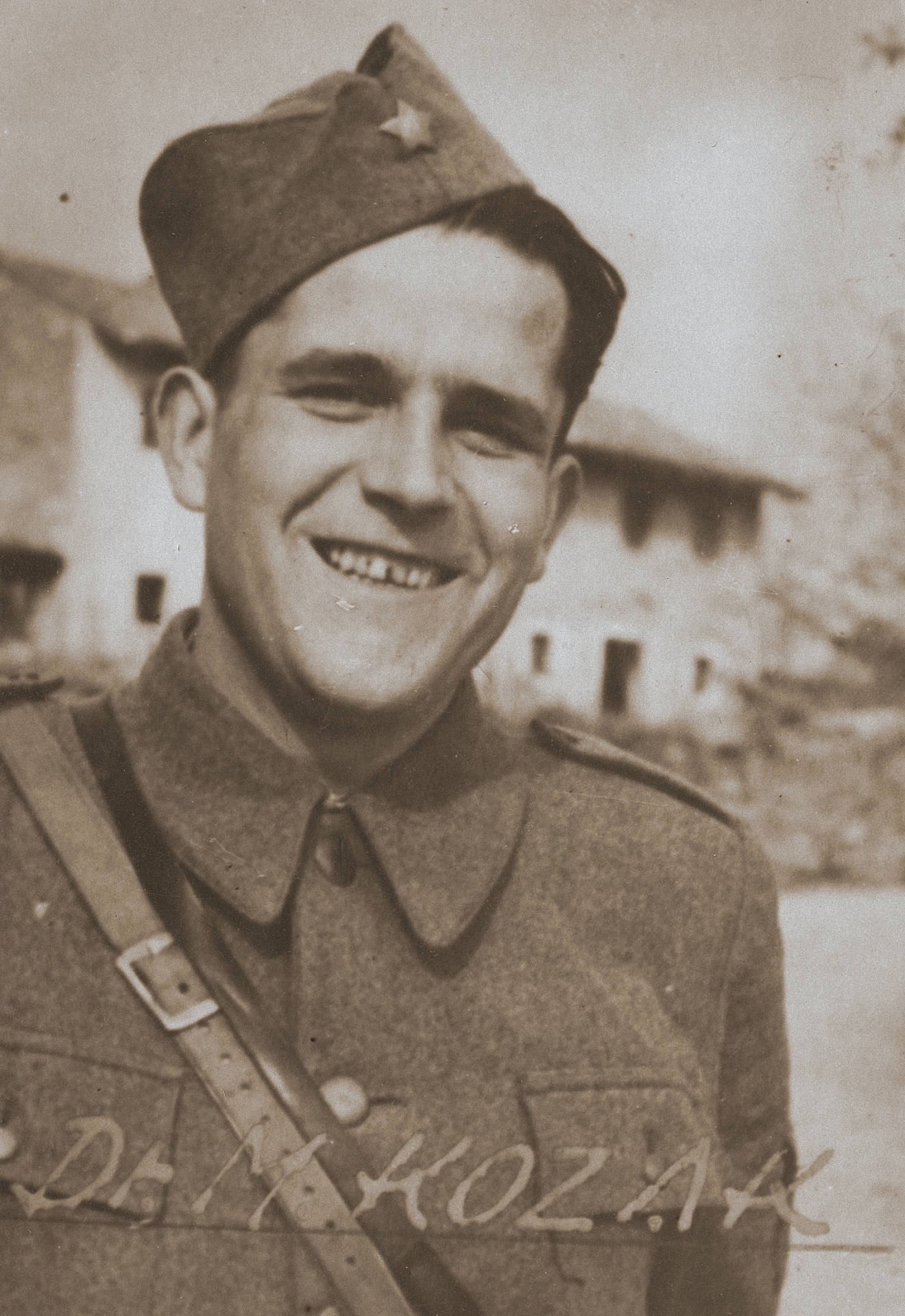 Miklavž Kozak, medical student, head of the BK-1 district hospital, also known as Koper Hospital. It operated until September 1943 in the woods around the village of Beka.
Miklavž Kozak, medical student, head of the BK-1 district hospital, also known as Koper Hospital. It operated until September 1943 in the woods around the village of Beka.
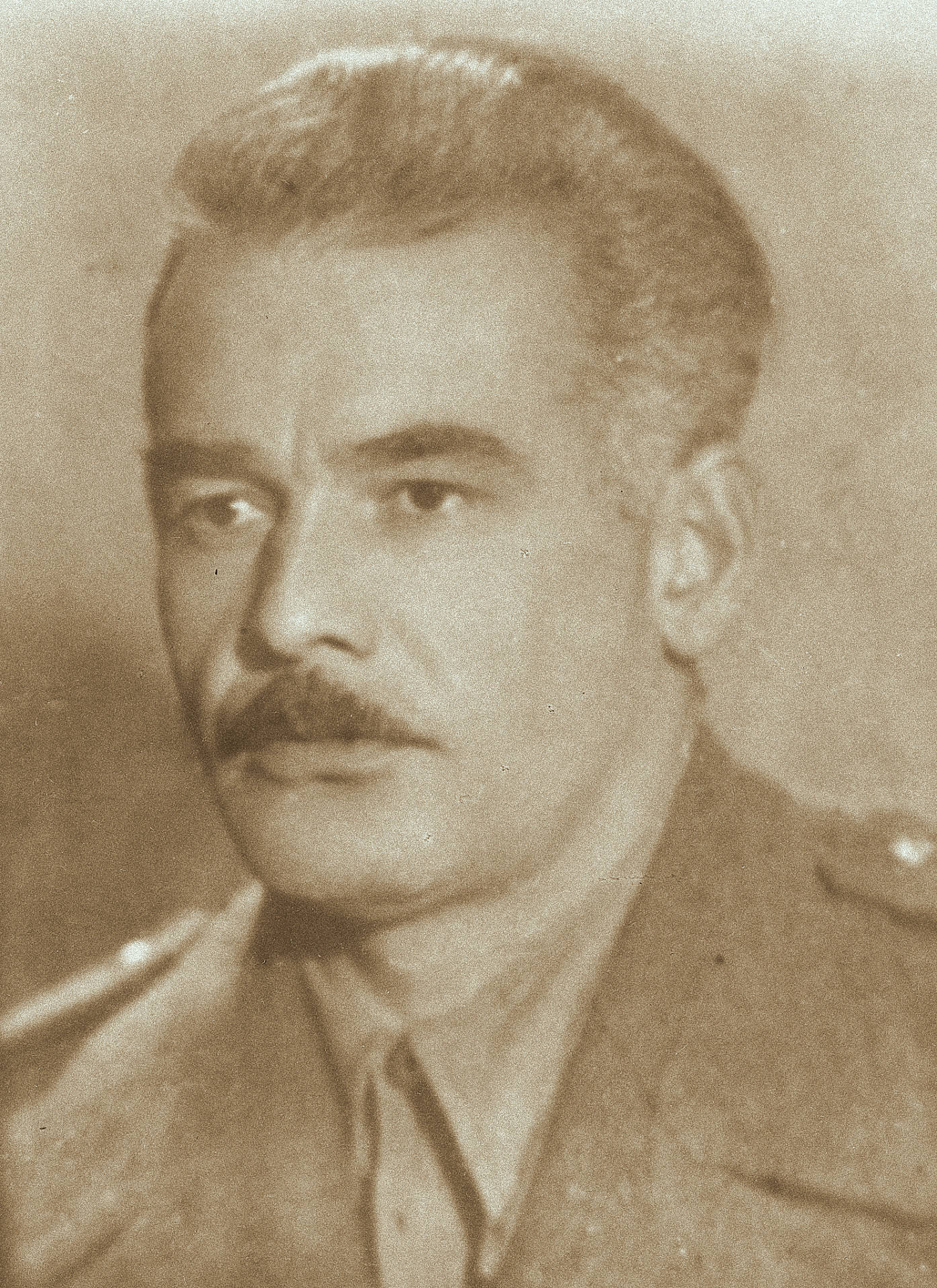 Dr Magomed Gadjiev, alias Miša, head of the Zalesje Partisan hospital. Originally from the shores of the Caspian Sea, he was prisoner of the Germans until he escaped en route to Italy and joined the Istrian Detachment.
Dr Magomed Gadjiev, alias Miša, head of the Zalesje Partisan hospital. Originally from the shores of the Caspian Sea, he was prisoner of the Germans until he escaped en route to Italy and joined the Istrian Detachment.
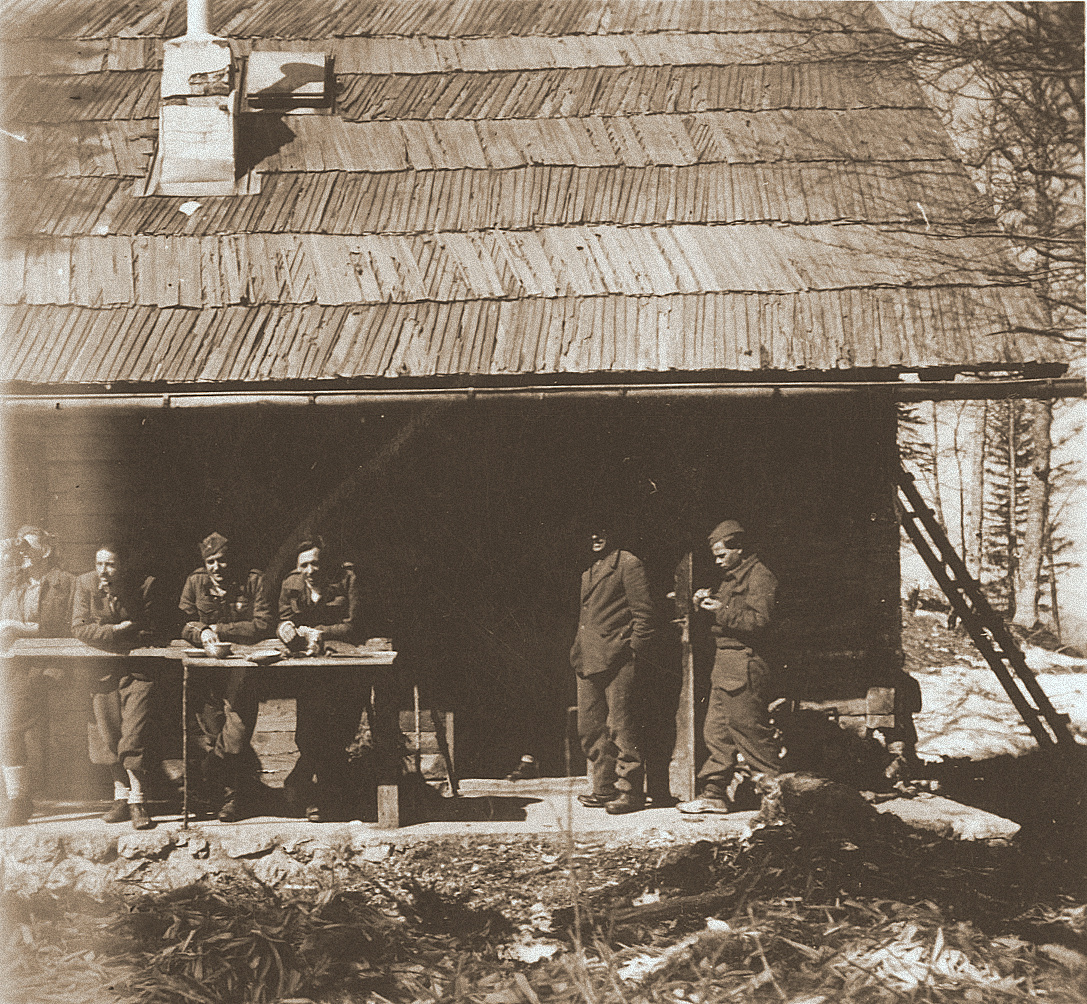 Unit of the Snežnik Partisan hospital assigned to the staff and patients of the Zalesje Partisan hospital following the closure of the latter.
Unit of the Snežnik Partisan hospital assigned to the staff and patients of the Zalesje Partisan hospital following the closure of the latter.
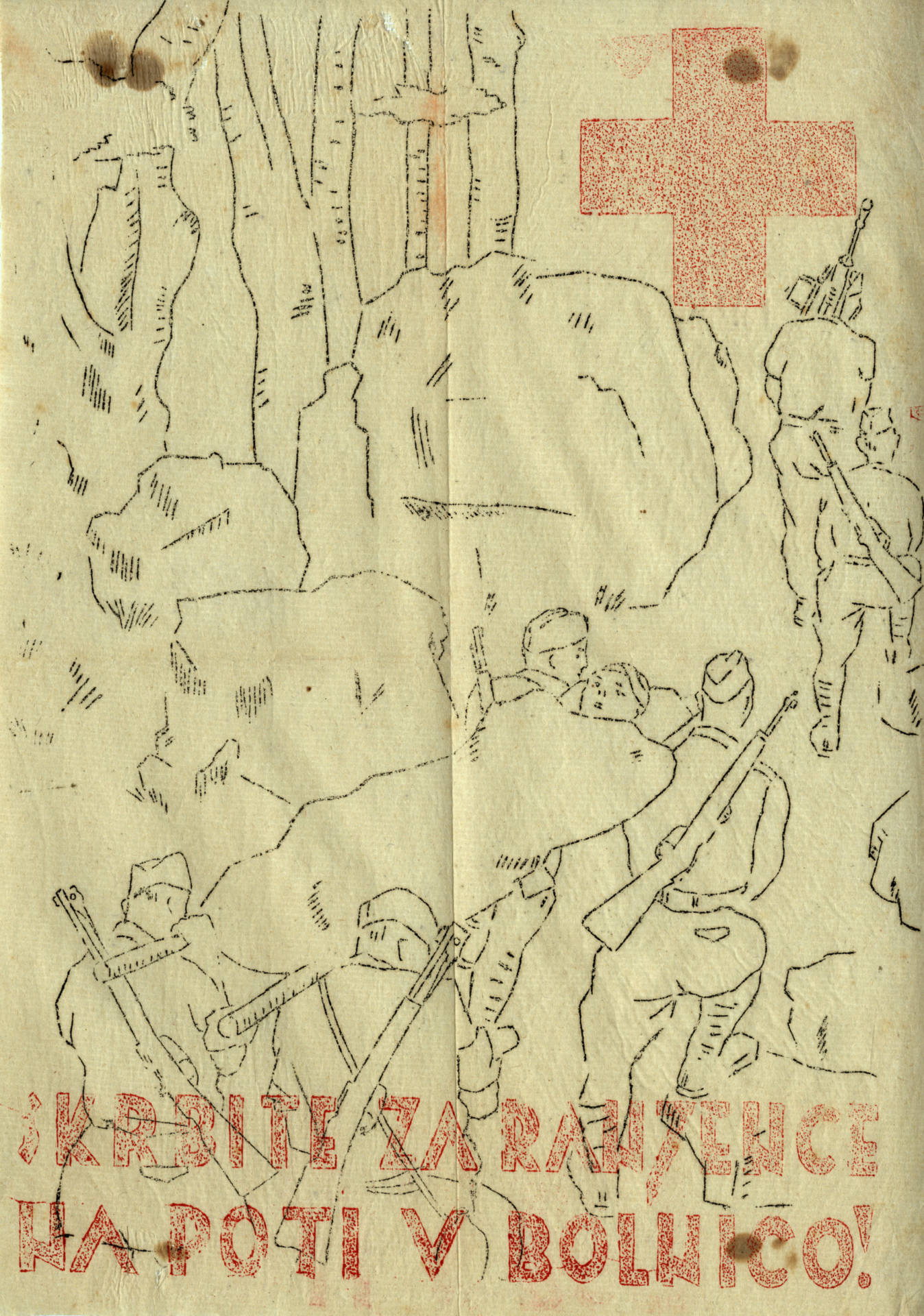
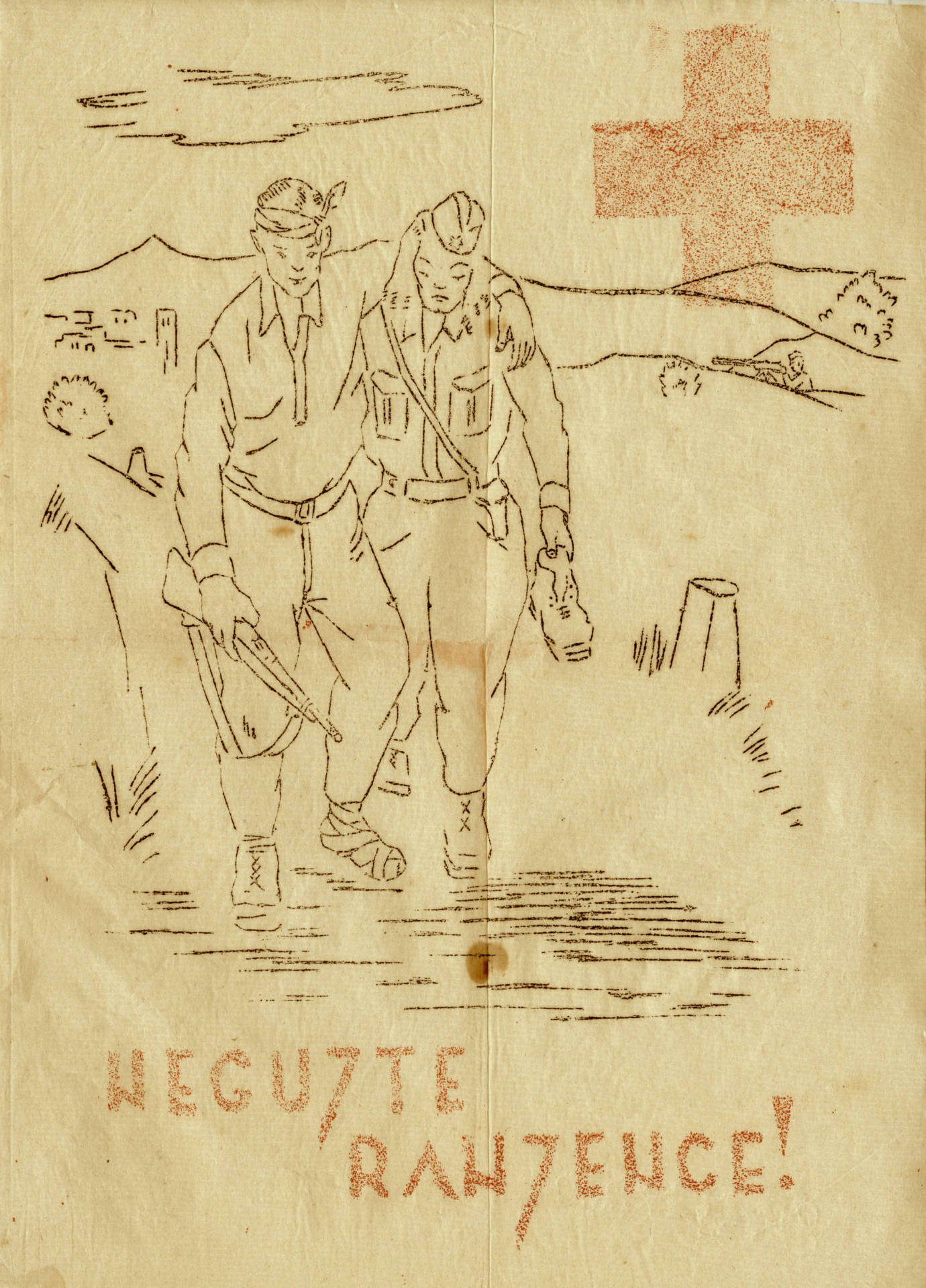
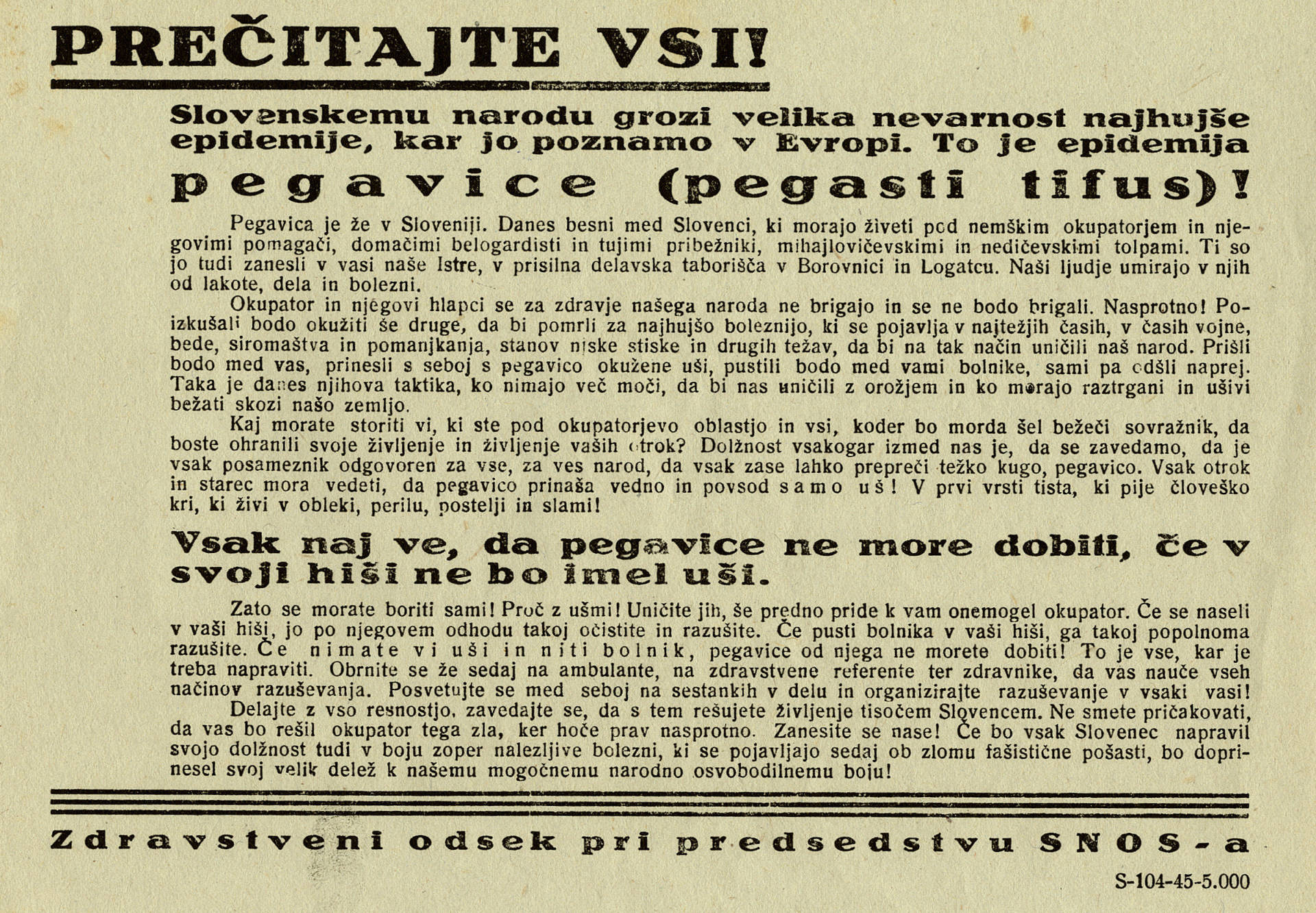 In early 1945 a typhus epidemic spread from Ilirska Bistrica. The disease was brought into the area by Chetniks and members of Nedić’s Serbian State Guard.
In early 1945 a typhus epidemic spread from Ilirska Bistrica. The disease was brought into the area by Chetniks and members of Nedić’s Serbian State Guard.
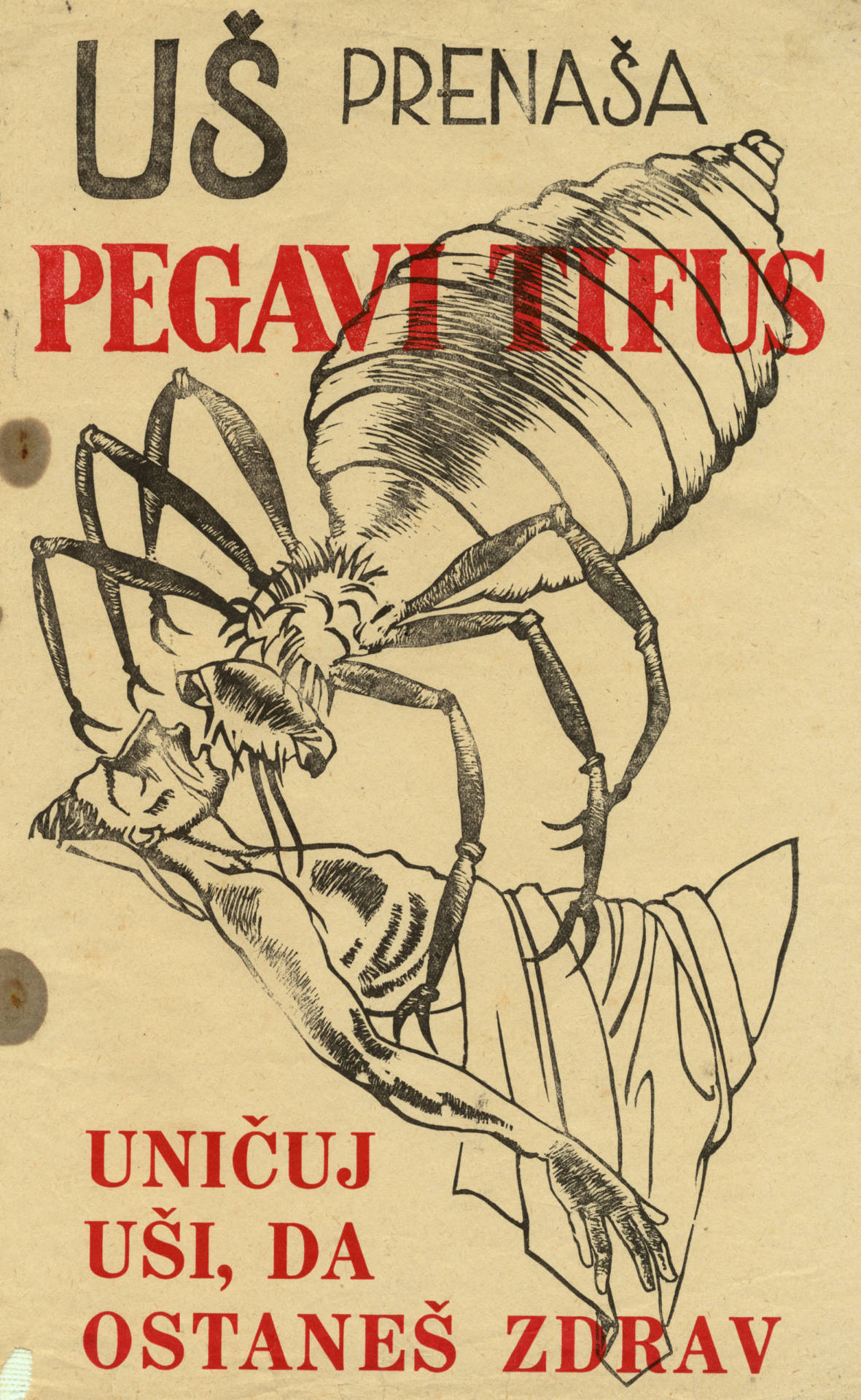 In early 1945 a typhus epidemic spread from Ilirska Bistrica. The disease was brought into the area by Chetniks and members of Nedić’s Serbian State Guard.
In early 1945 a typhus epidemic spread from Ilirska Bistrica. The disease was brought into the area by Chetniks and members of Nedić’s Serbian State Guard.
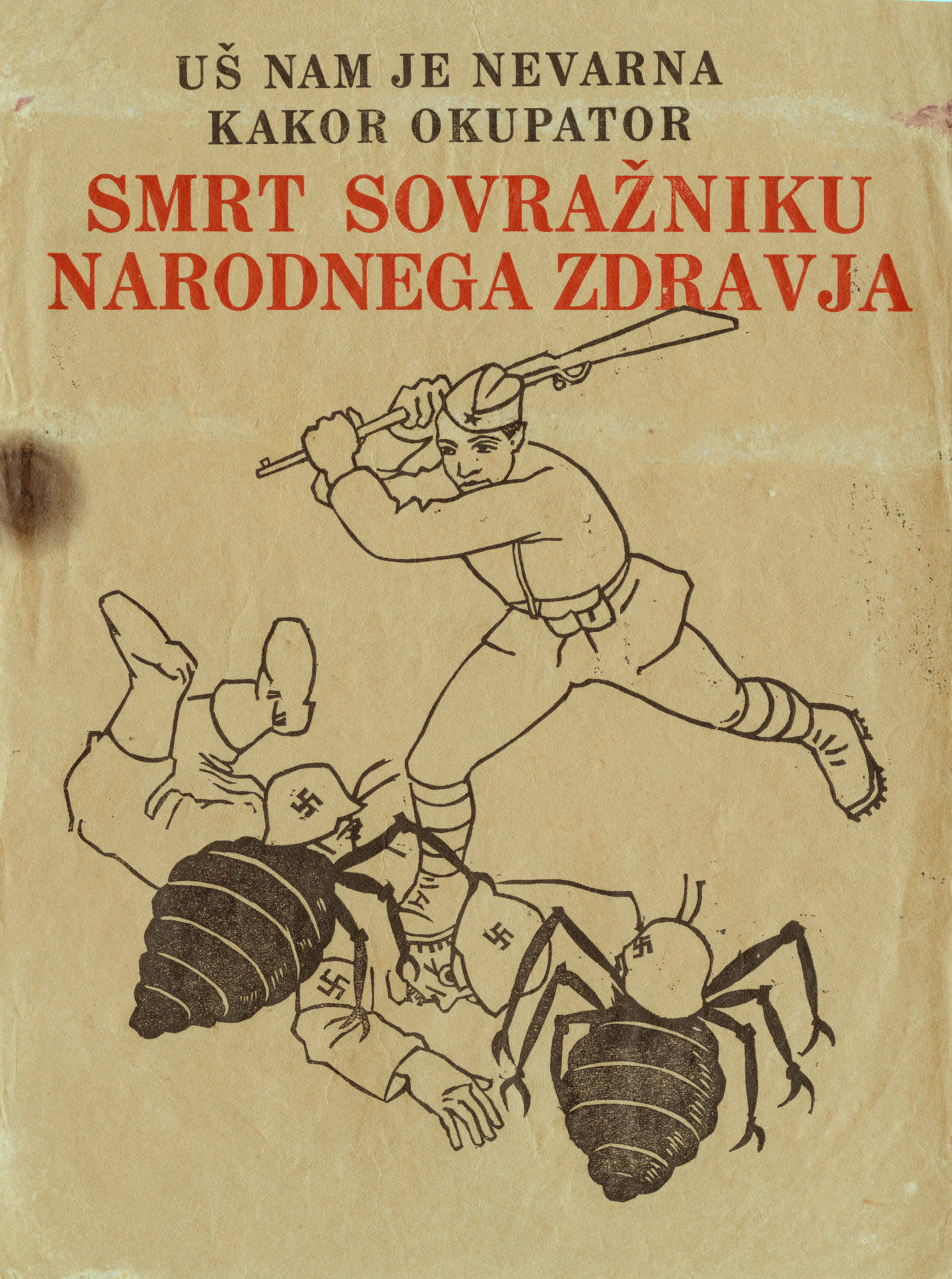 In early 1945 a typhus epidemic spread from Ilirska Bistrica. The disease was brought into the area by Chetniks and members of Nedić’s Serbian State Guard.
In early 1945 a typhus epidemic spread from Ilirska Bistrica. The disease was brought into the area by Chetniks and members of Nedić’s Serbian State Guard.
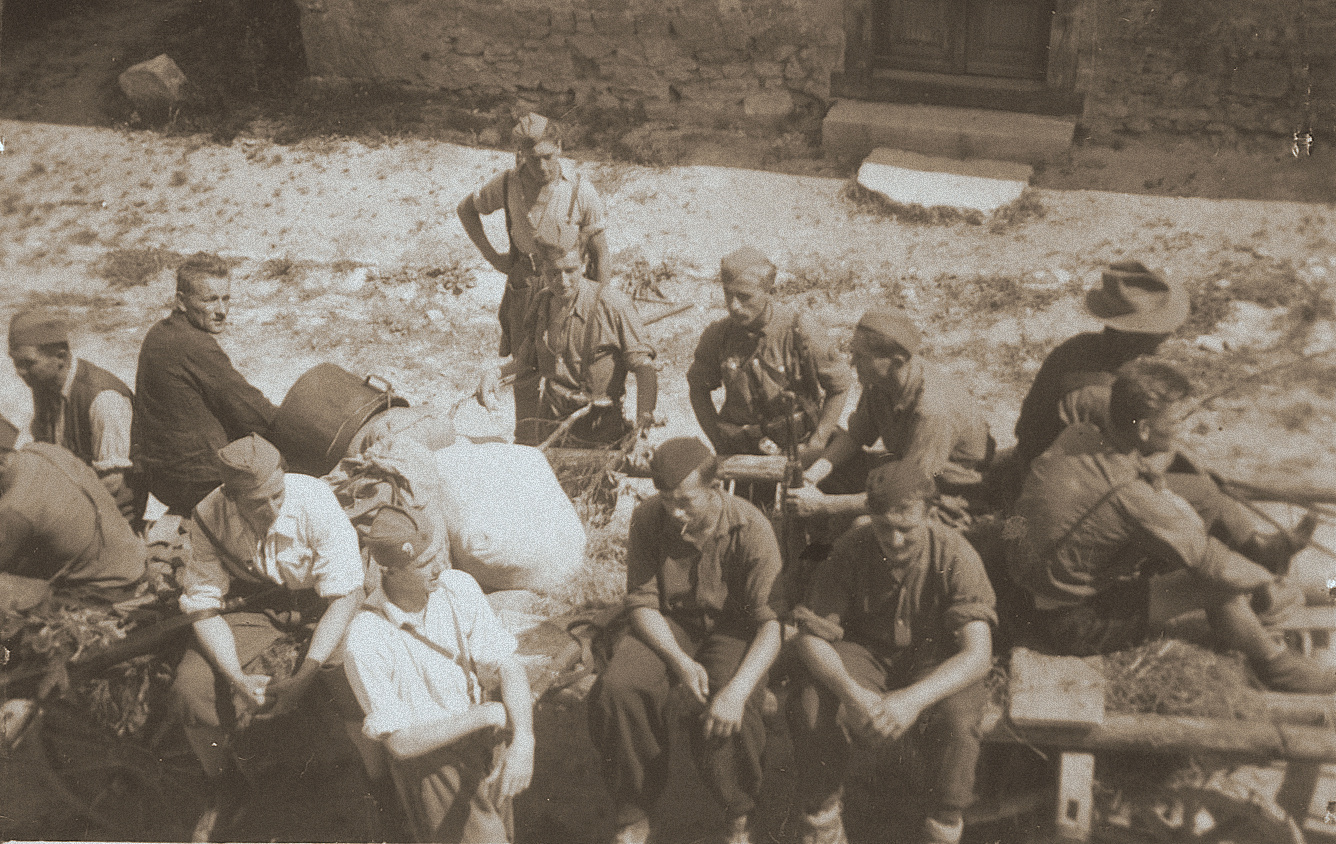 From 1 September 1944 onwards the Zalesje Partisan hospital was at constant risk of discovery, so the commanders of the Istrian Detachment organised five transports of wounded across Pivka into the Notranjska region.
From 1 September 1944 onwards the Zalesje Partisan hospital was at constant risk of discovery, so the commanders of the Istrian Detachment organised five transports of wounded across Pivka into the Notranjska region.
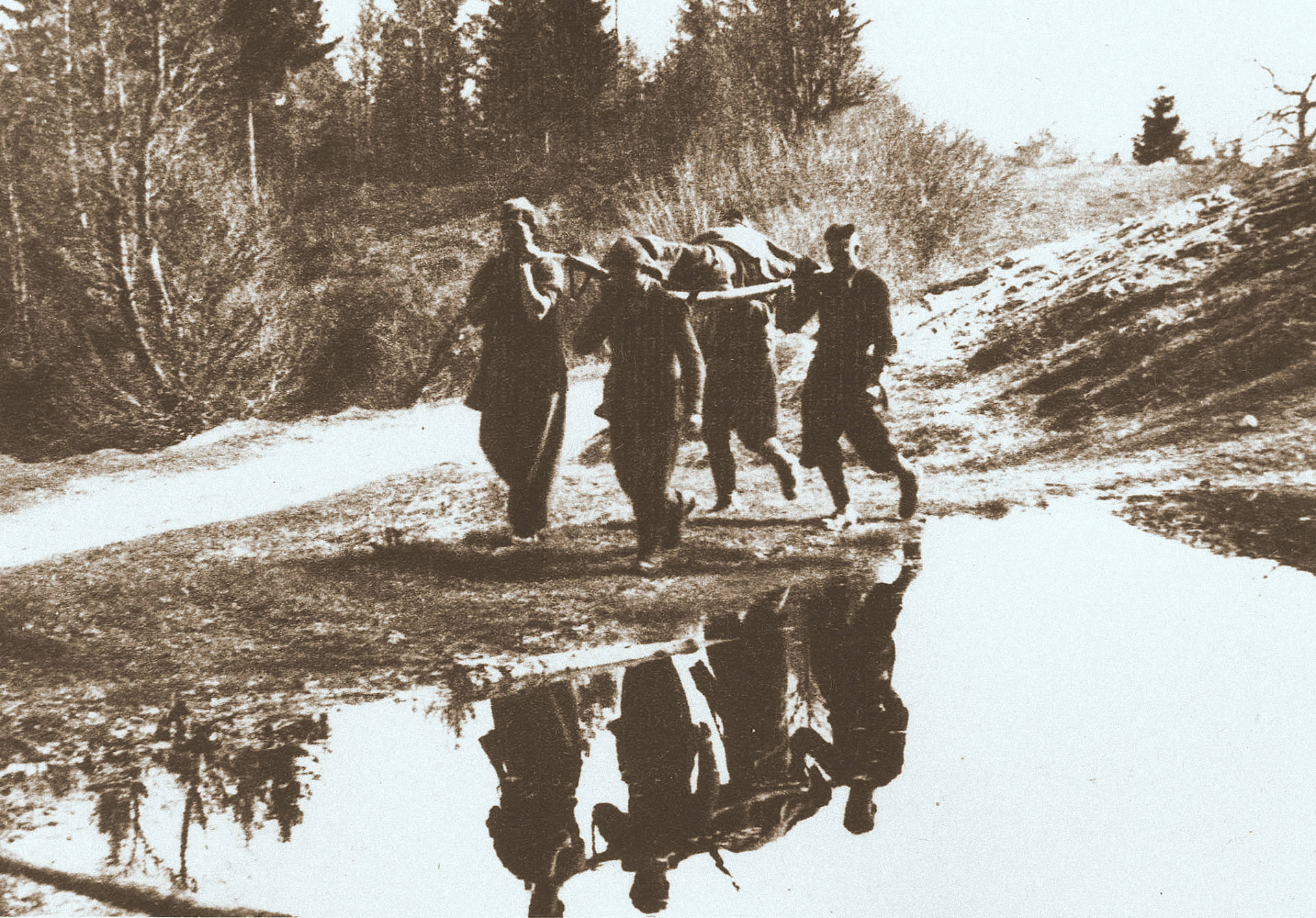 From 1 September 1944 onwards the Zalesje Partisan hospital was at constant risk of discovery, so the commanders of the Istrian Detachment organised five transports of wounded across Pivka into the Notranjska region.
From 1 September 1944 onwards the Zalesje Partisan hospital was at constant risk of discovery, so the commanders of the Istrian Detachment organised five transports of wounded across Pivka into the Notranjska region.
 Wounded and sick Partisans were also attended by trusted civilian doctors or cared for by local people in their own homes.
Wounded and sick Partisans were also attended by trusted civilian doctors or cared for by local people in their own homes.